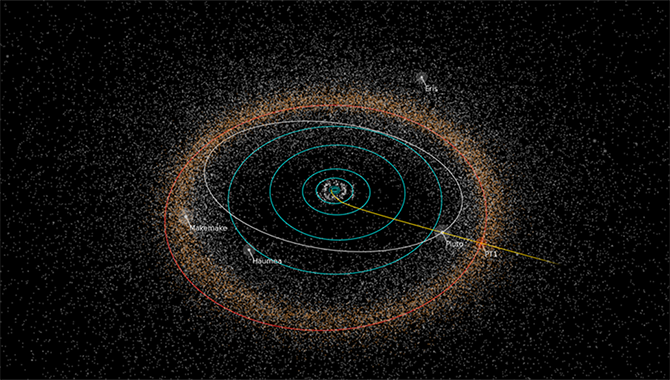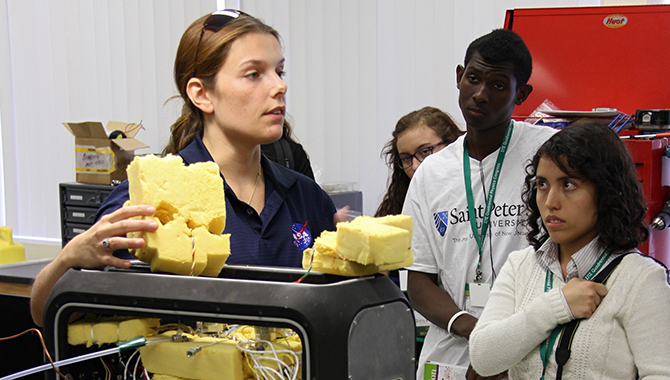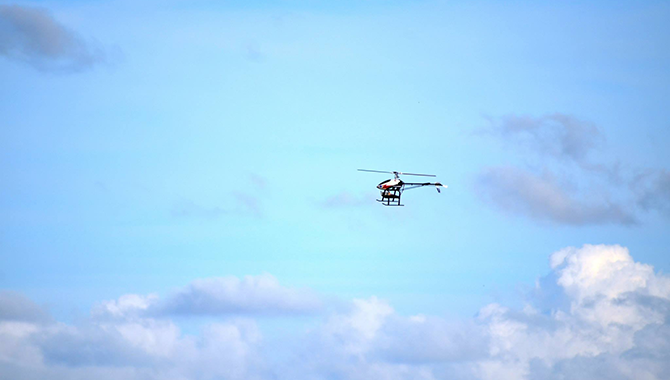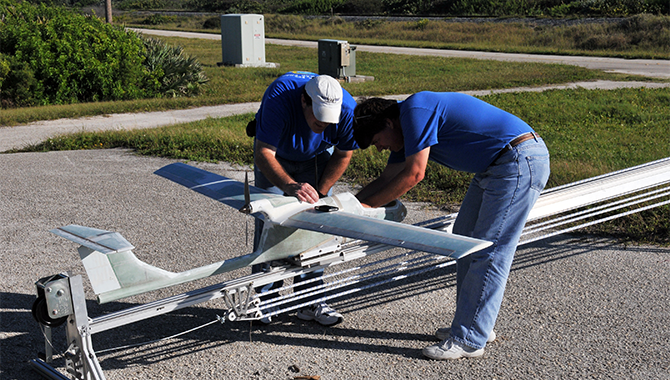
Not Teflon. Not Velcro. Not even Tang. Contrary to popular belief, NASA did not develop those products. The technologies NASA does develop, however, have a profound impact on our lives.
How can cell phones feature minuscule, yet powerful, cameras? How can cities protect the public against earthquake impacts? How might the aviation industry keep track of every plane in flight, even in areas where land-based radar systems are unreliable?
The answer, simply put, is NASA. Innovations such as these—and many, many others—are based on ground-breaking technologies that were developed to support NASA missions. Federal law supports the agency in making these technologies available to private industry as well as state and local governments. From memory foam to freeze-dried food to cochlear implants, licensing partnerships between NASA and industry have produced products and services that make an important difference in the day-to-day lives of people on Earth.
For decades, NASA’s Technology Transfer Program (TTR) has encouraged the widespread dissemination of NASA innovations. The agency developed the Technology Transfer (T2) Portal to guide businesses through the process of licensing a NASA technology for commercial use, leading to novel products that infuse everyday life on Earth. The agency also encourages innovation to benefit both NASA and the nation through such initiatives as the Small Business Innovative Research (SBIR) and Small Business Technology Transfer (STTR) programs. These and other partnerships with industry enable the public to benefit from solutions that were originally developed to support space-based programs and projects.
The agency’s Spinoff Magazine has documented over 1,600 successful technology transfers since its first edition in 1976. Each year, Spinoff highlights a range of commercial products that grew out of NASA research. The latest issue, Spinoff 2017, looks at items that span seven general categories: health and medicine, transportation, public safety, consumer goods, energy and the environment, information technology, and industrial productivity.
For health and medicine, the magazine presents a number of breakthrough technologies developed at the agency over the years, including phase-change materials (PCMs). PCMs absorb or emit heat as needed, depending on the temperature in the environment. First explored at Johnson Space Center (JSC), PCMs were conceived to keep astronauts comfortable while wearing spacesuits. They were later incorporated into fabrics through an initiative supported by a NASA SBIR contract and used to help keep babies at an optimal temperature.
In cities, a NASA innovation could enhance public safety. As part of the Constellation program, NASA developed the Ares I launch vehicle. Designed to rocket the Orion Multi-Purpose Crew Vehicle into space, the Ares I exhibited unexpectedly high vibrations during testing, which could have created hazardous conditions for the crew. To mitigate the situation, engineers at Marshall Space Flight Center (MSFC) developed a damper that is now marketed as a means to protect buildings from the effects of high winds and earthquakes.
Another highlighted innovation is the complementary metal oxide semiconductor (CMOS) sensor, today a mainstay of cell phone camera technology. An engineer at the Jet Propulsion Laboratory (JPL) first used CMOS technology to produce compact, reliable, inexpensive imagers. Today, cell phone cameras incorporate CMOS technology to confer a high-definition, high-quality imaging-taking ability to the public. CMOS has other applications as well, including in areas such as surveillance and medicine.
In his Forward to Spinoff 2017, Space Technology Mission Directorate (STMD) Associate Administrator Steve Jurczyk said, “The stories published in Spinoff represent the end of a technology transfer pipeline that begins when researchers and engineers at NASA develop innovations to meet mission needs. NASA employees report more than 1,600 new inventions annually, from hardware to cutting-edge software, and these technologies are captured and assessed by the Agency’s Technology Transfer Program. Most are published to notify the public of NASA’s work and to encourage public-private partnerships with industry where interests overlap.”
Every time a technology originating from NASA enters the commercial sector, it contributes to jobs creation, economic expansion, and a better quality of life on Earth. In addition to the information in Spinoff Magazine, examples of everyday objects that have emerged from agency initiatives can be found on the interactive website NASA @ Home and City. Here, viewers can investigate the many ways in which solutions conceived to enable space exploration now facilitate life at home, at play, and elsewhere. For more information about the intersection between NASA technologies and commercial endeavors, the STMD offers the digital publication Technology Innovation, which profiles some of the people who conceived and developed NASA technologies that now enhance our lives.
Download Spinoff 2017 to explore 50 NASA technologies that have advanced commercial products.
Visit NASA @ Home and City for an interactive exploration of space-based technology that has been incorporated into everyday life.
Access NASA’s digital publication Technology Innovation for a deeper dive into the thinking behind some of NASA’s innovations as well as their current applications.
Watch a video designed to help private business owners understand the process of licensing a NASA technology for commercial use.









